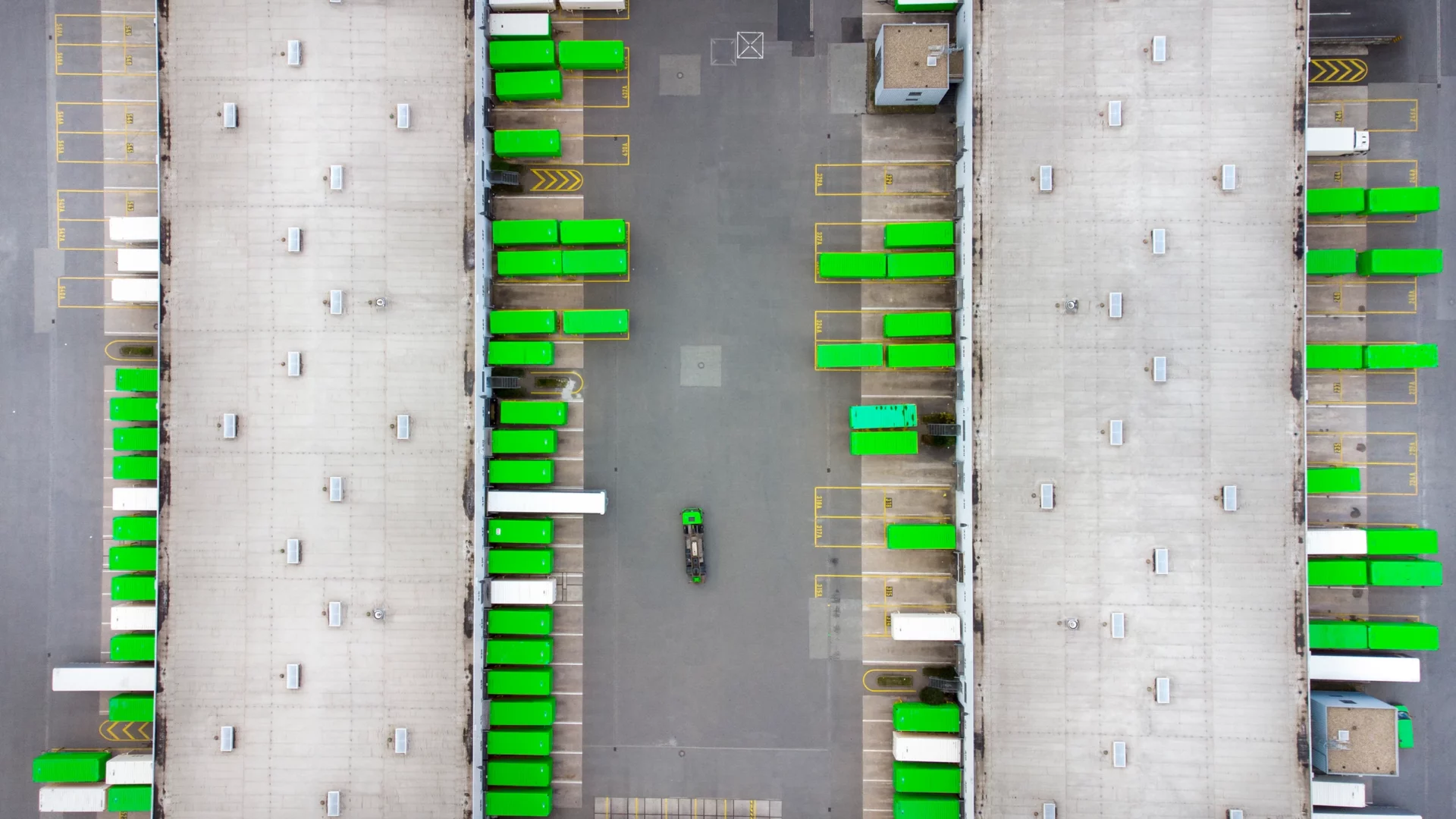Stability and Sustainability: Two Peas in a Pod?
29. November 2022
Highlighting key considerations for companies, this article investigates how to reshape supply chains in a more sustainable and stable way. By making just a few processual pivots, enterprises can become better equipped to analyze and avoid future ecological and economical risks.
The call for new concepts to help companies deal with supply chain turbulence is getting louder and louder. It could even be that stakeholders become tangled in a web of contracts unable to forecast demand, all without knowing if they can even get their hands on the thing they need on time.
It’s for these reasons, as well as their underlying causes, that supply chain issues have hit (and hung on to) the headlines these last two years. Throw into the mix ongoing political uncertainties – and we could expect challenges to linger for a little while yet.
Your Missing Partner?
In the meantime, companies should aim to develop more sustainable, greener supply chains. Growing in importance are also environmental, social, and governance (ESG) issues, lead to stricter regulations and additional pressure to create for environmentally friendly, socially acceptable, and ethical supply chain activities. In many ways, ESG can serve as a foundation on which supply chain management strategies can be built.
Transparency is key to making sustainability work in supply chains. Customers and investors especially demand that information regarding sourced products is clear and can be provided at any time to ensure social and ecological standards are being met on all sides. This extends to monitoring the quality and origin of materials and products.
What can you do now?
SI Trading, as previously reported on this blog, also highly recommends adopting an ecosystem mindset. This can help any company form a trusted core network of partners and vendors. Not only will this support business continuity in times of disruption, but it will help cultivate a future-proof supply chain by enabling cross-functional integration and collaboration.
No Short Supply of Data
Adoption of new technologies is proven to catalyze an ecosystem mindset and a sustainable supply chain. Innovation in supply chain management, especially with regard to data acquisition and exchange, is enjoying a boom and ever more applications are becoming available which can bolster supply chains end to end. Take for example supply chain tracking systems and software, like the one adopted by SI Trading. Similar to vehicle tracking, supply chain software can generate untapped insights into manufacturing equipment, inventory logistics, and asset management to allow for quicker and better-informed decision-making. More often than not, off-the-shelf enterprise resource planning solutions will not cut it.
Companies should aim to leverage a digital supply chain platform with a corporate responsibility solution that makes suppliers, manufacturers, logistics, and other supply chain stakeholders more accountable through centralized reporting and data. Furthermore, applications with AI or machine learning capabilities can automate processes further, speeding up decision-making and reducing the likelihood of human error.
Assessing current suppliers is a key prerequisite for digital transformation. Following this, a digital strategy and a roadmap must be laid out to ensure that the needs of all stakeholders will be met. As soon as all parties are clear on digitization goals, it could be time to invest.
Circular Makes the World Go Round
With the help of digital solutions for supply chain management, a circular business model is achievable for businesses of all sizes. A recent example is the German raw material handler LuxChemtech, which has recently developed technology to recycle key semiconductor materials.
If we are to truly set the circularity in motion, all stakeholders in the ecosystem must commit themselves to the process and act as a common unit. While enterprises can pave their own path to digitization, no company alone can become holistically circular. This is due to the fact that circular economy is so complex and involves many stakeholders.
No Weak Links in Future Supply Chains
To conclude, it’s important to add that creating a more sustainable and robust supply chain is not limited to the actions mentioned in this article. Any and every company has the ability to build sustainability into its processes and contribute to a greener tomorrow. We will spotlight more sustainable supply chain solutions in the coming months.


